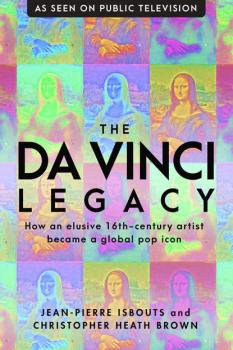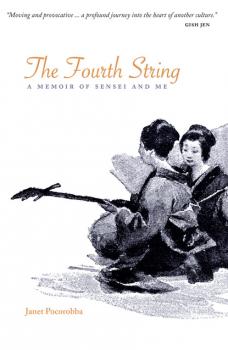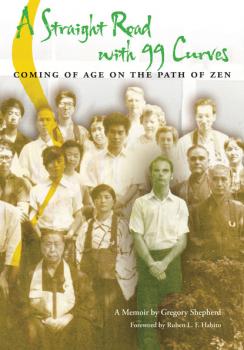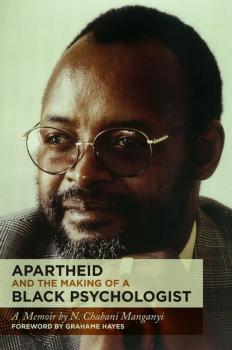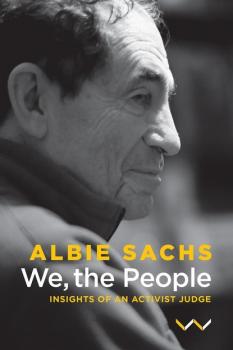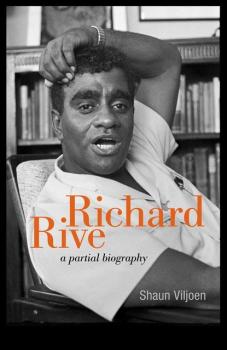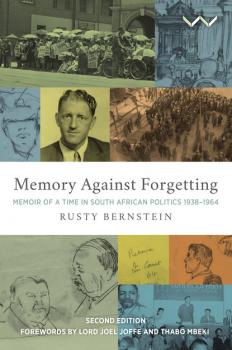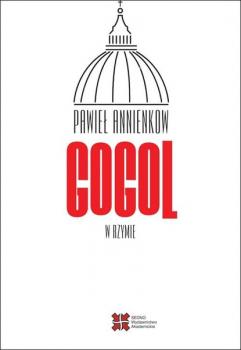ТОП просматриваемых книг сайта:
Биографии и Мемуары
Различные книги в жанре Биографии и Мемуары, доступные для чтения и скачиванияАннотация
«Караван историй» – ежемесячный журнал, в котором публикуются материалы о ярких личностях, любовных историях знаменитостей, захватывающих приключениях и самых неординарных событиях века. Издание иллюстрируется эксклюзивными фотографиями, часто из личных архивов героев. «Караван историй» – это легкое, интересное и познавательное чтение. В номере: Искусство жить Кристин Барански. Выбор цели Владимир Маркин: «Ребята говорили „Бросай свою эстраду, иди в Большой театр!“» Настроение Мария Куликова. По тонкому льду Звездный след Виктор Проскурин. Несогласный Имена Семь жизней Караваджо Факт Муравьевы-Апостолы. Любовь к родному пепелищу… Гороскоп Астрологический прогноз на сентябрь и многое другое
Аннотация
«Семь дней ТВ-программа» – развлекательный иллюстрированный журнал для семейного чтения, содержащий аннотированную телепрограмму. Телепрограмма с 7 по 13 сентября.
Аннотация
— Soon to be a Public Television Special! — For the 500th anniversary of Leonardo da Vinci’s death comes an immersive journey through five centuries of history to define the Leonardo mystique and uncover how the elusive Renaissance artist became a global pop icon. Virtually everyone would agree that Leonardo da Vinci was the most important artist of the High Renaissance. It was Leonardo who singlehandedly created the defining features of Western art: a realism based on subtle shading; depth using atmospheric effects; and dramatic contrasts between light and dark.But how did Leonardo, a painter of very few works who died in obscurity in France, become the internationally renowned icon he is today, with the Mona Lisa and the Last Supper the most visited artworks in the world, attracting nearly a billion visitors each year, and Salvator Mundi selling as the most expensive artwork of all time, for nearly half a billion dollars?This extraordinary volume, lavishly illustrated with 130 color images, is the first book to unravel these mysteries by diving deep into the art, literature, science, and politics of Europe from the Renaissance through today. It gives illuminating context to both Leonardo and his accomplishments; explores why Leonardo’s fame vastly overshadowed that of his contemporaries and disciples; and ultimately reveals why despite finishing very few works, his celebrity has survived, even thrived, through five centuries of history.
Аннотация
The word sensei in Japanese literally means “one who came before,” but that’s not what Janet Pocorobba’s teacher wanted to be called. She used her first name, Western-style. She wore a velour Beatles cap and leather jacket, and she taught foreigners, in English, the three-stringed shamisen, an instrument that fell out of tune as soon as you started to play it. Vexed by the music and Sensei’s mission to upend an elite musical system, Pocorobba, on the cusp of thirty, gives up her return ticket home to become a lifelong student of her teacher. She is eventually featured in Japan Cosmo as one of the most accomplished gaijin , “outside people,” to play the instrument. Part memoir, part biography of her Sensei, The Fourth String looks back on the initial few years of that apprenticeship, one that Janet’s own female English students advised her was “wife training,” steeped in obedience, loyalty, and duty. Even with her maverick teacher, Janet is challenged by group hierarchies, obscure traditions, and the tricky spaces of silence in Japanese life. Anmoku ryokai , Sensei says to explain: “We have to understand without saying.” By the time Janet finds out this life might not be for her, she is more at home in the music than the Japanese will allow. For anyone who has had a special teacher, or has lost themselves in another world, Janet Pocorobba asks questions about culture, learning, tradition, and self. As Gish Jen has said of The Fourth String , “What does it mean to be taught? To be transformed?”
Аннотация
features 2 of the biggest names in American Buddhism: Robert Aitken & Yamada Koun Zenshin; author had major rupture with both of these figures that was never fully resolved, so this memoir is tinged with some regret & bitterness, & at the same time it is a fascinating «behind the scenes» look at the personal dynamics & struggles of Zen center lifefocuses on specific events & personal growth, with a realistic, relatable ending (not a manual of beliefs or a gooey tale of enlightenment). Special interest to «older» generation who studied in 60s and 70s (when Zen was more a «cultural force» than today)simultaneous epub ISBN 978-1-61172-548-3includes 2 dozen author's bw archival photosa Zen dropout finds peace with himselfmost relatable to classic memoir The Empty Mirror: Experiences in a Japanese Zen Monastery by Janwillem van de Wetering, revealing tale of an acolyte who didn't buy into the teachings In past year, there has been media attention on spiritual movements, their leaders, & the movements' dramatic inner workings (John Friend/Anusara Yoga, Diamond Mountain University's Christie McNally, Ian Thorson, & Michael Roach, etc); this memoir adds a thoughtful, well-written voice to critical reflection on these movements from within
Аннотация
This stirring collection of essays and talks by activist and former judge Albie Sachs is the culmination of more than 25 years of thought about constitution-making and non-racialism. Following the Constitutional Court?s landmark Nkandla ruling in March 2016, it serves as a powerful reminder of the tenets of the Constitution, the rule of law and the continuous struggle to uphold democratic rights and freedoms. We, the People offers an intimate insider?s view of South Africa?s Constitution by a writer who has been deeply entrenched in its historical journey from the depths of apartheid right up to the politically contested present. As a second-year law student at the University of Cape Town, Sachs took part in the Defiance Campaign and went on to attend the Congress of the People in Kliptown, where the Freedom Charter was adopted in 1955. Three decades later, shortly after the bomb attack in Maputo that cost him his arm and the sight in one eye, he was called on by the Constitutional Committee of the African National Congress to co-draft (with Kader Asmal) the first outline of a Bill of Rights for a new democratic South Africa. In 1994, he was appointed by Nelson Mandela to the Constitutional Court, where he served as a judge until 2009. We, the People contains some of Sachs? most memorable public talks and writings, in which he takes us back to the broad-based popular foundations of the Constitution in the Freedom Charter. He picks up on Oliver Tambo?s original vision of a non-racial future for South Africa, rather than one based on institutionalised power-sharing between the races. He explores the tension between perfectability and corruptibility, hope and mistrust, which lies at the centre of all constitutions. Sachs discusses the enforcement of social and economic rights, and contemplates the building of the Constitutional Court in the heart of the Old Fort Prison as a mechanism for reconciling the past and the future. Subjective experience and objective analysis interact powerfully in a personalised narrative that reasserts the value of constitutionality not just for South Africans, but for people striving to advance human dignity, equality and freedom across the world today.
Аннотация
Richard Moore Rive (1930_1989) was a writer, scholar, literary critic and college teacher in Cape Town, South Africa. He is best known for his short stories written in the late 1950s and for his second novel, ?Buckingham Palace?, District Six, in which he depicted the well-known cosmopolitan area of District Six, where he grew up. In this biography Shaun Viljoen, a former colleague of Rive?s, creates the composite qualities of a man who was committed to the struggle against racial oppression and to the ideals of non-racialism but was also variously described as irascible, pompous and arrogant, with a ?cultivated urbanity?. Beneath these public personae lurked a constant and troubled awareness of his dark skin colour and guardedness about his homosexuality. Using his own and others? memories, and drawing on Rive?s fiction, Viljoen brings the author to life with sensitivity and empathy. The biography follows Rive from his early years in the 1950s, writing for Drum magazine and spending time in the company of great anti-establishment writers such as Jack Cope, Ingrid Jonker, Jan Rabie, Marjorie Wallace, Es?kia Mphahlele and Nadine Gordimer, to his acceptance at Magdalene College, Oxford, where he completed his doctorate on Olive Schreiner, before returning to South Africa to resume his position as senior lecturer at Hewat College of Education. This biography will resurface Richard Rive the man and the writer, and invite us to think anew about how we read writers who lived and worked during the years of apartheid.



